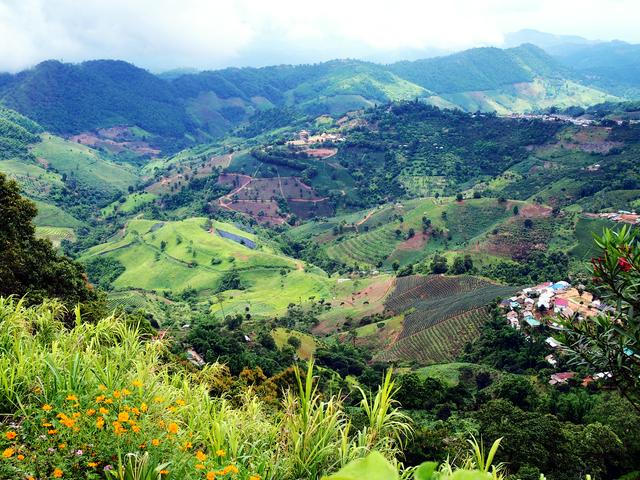
Mae Salong (แม่สลอง), also known as Doi Mae Salong (ดอยแม่สลอง) and officially called Santikhiri (สันติคีรี), is a village in Chiang Rai Province, Northern Thailand.
Mae Salong's early history centered on the opium trade of the Golden Triangle. Its recent history was shaped by the 93rd Division of the Chinese Nationalist Army that refused to surrender to Chinese communists after the Nationalist Kuomintang government was routed in 1949.
Unlike most of the unrelenting nationalists that fled to Taiwan in 1949, a force of 12,000 escaped from Yunnan to Burma and continued an insurgency against the People's Republic. They were at first supported by Taiwan and the USA, but diplomatic shifts—which included US ambivalence towards the nationalists and improved relations between Burma and communist China—later led to the partial disbanding of the nationalist forces in Burma. While thousands left for Thailand in 1961, many remained in Burma.
The soldiers who settled in Mae Salong kept it as a military base in preparation for an eventual counter-attack against communist China. They funded their arms purchases with opium production and rubbed shoulders with notorious Burmese warlord and drug baron Khun Sa, who lived a few kilometres away in Ban Hin Taek and who initially trained with the Kuomintang before founding his own army.
In the 1970s the Thai government struck a deal with the renegades: the battle-hardened soldiers would help them fight Thailand's own communist insurgents in exchange for legitimacy and Thai citizenship. Part of their going straight involved the soldiers' cessation of opium production in favour of the cultivation of mushrooms and above all oolong tea, which is now Mae Salong's main product.
Some guidebooks wax lyrical about today's Mae Salong as a miniature Yunnanese Shangri-La, but if you come with this image in mind you may be a little disappointed: at first glance, Mae Salong looks much like the little Thai town it is. However, the crisp climate, the lingering Chinese influence, delicious native Yunnanese dishes and small hotels and guesthouses catering to visitors still make this a popular getaway, worth visiting even on a hurried day trip, but worth stopping in overnight.
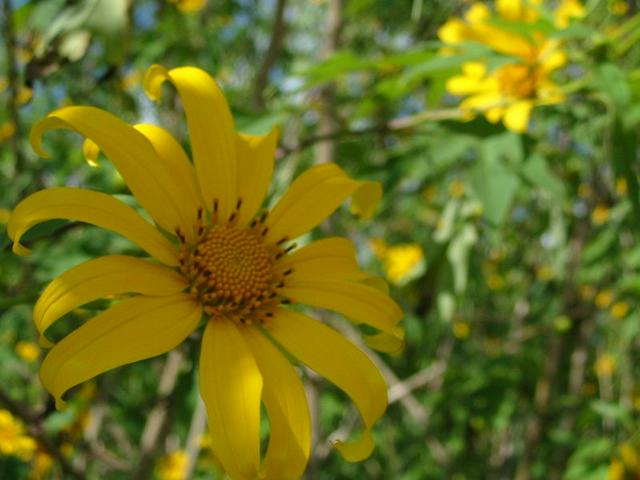
In November, sunflowers bloom, but the peak tourist season is during Dec-Feb when the hills are alive with white plum blossoms and pinkish sakura cherry blossoms. It gets misty and cold during this time, so pack a sweater and decent shoes. Tea production gets into gear toward the end of this season, with the smell of roasting tea wafting through the streets, but the same haze and rising temperatures that affect the rest of northern Thailand are in evidence here too from March onward.
The rainy season is from June-October and is rainy indeed.
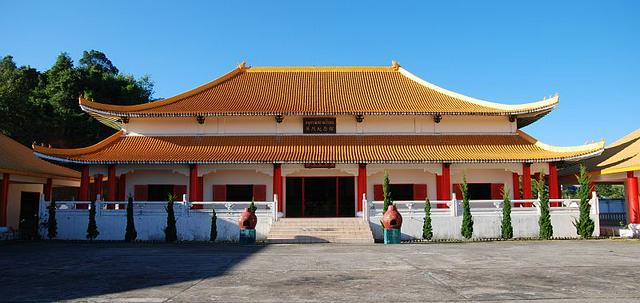
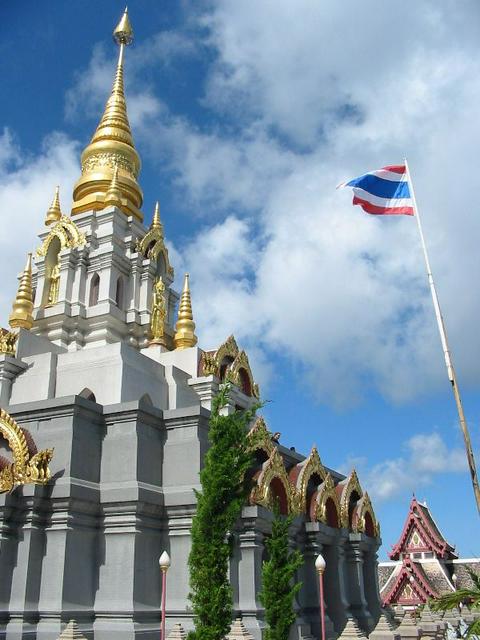
- Chinese Martyrs' Memorial Museum. A tribute to the Kuomintang settlers of Mae Salong who fought and died for Thailand. It exhibits their history and the development of Mae Salong.
- OTOP Agriculture Centre. This grandly named — but mostly closed — hut features a map of the nearby tea plantations and a thermometer. This viewing point is primarily a handy reference if you have your own wheels and want to do a round of the plantations.
- Phra Boromathat Chedi. A chedi (Thai-style stupa) built on a hill near Mae Salong village, in honour of the late Princess Mother, Srinagarindra. Next to the chedi is the Princess Mother Hall, a modern, Thai-style pavilion outwardly like a temple in appearance, but not containing any religious objects. There are good views across town and west towards Myanmar from the top. There are two ways up top: on foot, follow signs from the village center up the hill towards the Mae Salong Resort and Wat Santikhiri, turn to the right into a parking lot next to a smaller temple, and then go up the steep 719-step staircase. If you find yourself at the resort, you have gone too far, back up to find the parking lot. One can also drive to the top, as there's a winding, steep road that starts from behind the tourist market and curves up from behind, with breathtaking hilly views along the Myanmar border.
- Tomb of General Tuan. The mausoleum of Mae Salong's founder and erstwhile drug warlord, Kuomintang General Tuan Xi-Wen. At the end of a road beside a tea house with General Tuan's name, up another steep staircase. There's a small museum here, but unfortunately it's all in Chinese. There are some tea houses nearby, and you can enjoy a spectacular view of Mae Salong there.
- Wat Santikhiri. A modern, standard-issue Thai temple guarding the approach path to the Phra Boromathat Chedi. The more interesting parts of the temple lies across the street leading to the Mae Salong Resort. Peek inside for a nice little Chinese-style pavilion.
Chinese Martyrs' Memorial Museum. A tribute to the Kuomintang settlers of Mae Salong who fought and died for Thailand. It exhibits their history and the development of Mae Salong.
OTOP Agriculture Centre. This grandly named — but mostly closed — hut features a map of the nearby tea plantations and a thermometer. This viewing point is primarily a handy reference if you have your own wheels and want to do a round of the plantations.
Phra Boromathat Chedi. A chedi (Thai-style stupa) built on a hill near Mae Salong village, in honour of the late Princess Mother, Srinagarindra. Next to the chedi is the Princess Mother Hall, a modern, Thai-style pavilion outwardly like a temple in appearance, but not containing any religious objects. There are good views across town and west towards Myanmar from the top. There are two ways up top: on foot, follow signs from the village center up the hill towards the Mae Salong Resort and Wat Santikhiri, turn to the right into a parking lot next to a smaller temple, and then go up the steep 719-step staircase. If you find yourself at the resort, you have gone too far, back up to find the parking lot. One can also drive to the top, as there's a winding, steep road that starts from behind the tourist market and curves up from behind, with breathtaking hilly views along the Myanmar border.
Tomb of General Tuan. The mausoleum of Mae Salong's founder and erstwhile drug warlord, Kuomintang General Tuan Xi-Wen. At the end of a road beside a tea house with General Tuan's name, up another steep staircase. There's a small museum here, but unfortunately it's all in Chinese. There are some tea houses nearby, and you can enjoy a spectacular view of Mae Salong there.
Wat Santikhiri. A modern, standard-issue Thai temple guarding the approach path to the Phra Boromathat Chedi. The more interesting parts of the temple lies across the street leading to the Mae Salong Resort. Peek inside for a nice little Chinese-style pavilion.
There are many tribal villages (mostly Akha) within easy reach of Mae Salong, and local guesthouses can arrange treks in the area, either on foot or by horse (400 baht for 4 hours).
For those who would prefer to get involved, consider joining the volunteers working in the nearby Akha village. There is no charge or donation required and you can work as little or as much as you like. The volunteers stay at Shin Sane Guesthouse, so ask about the project there or find it on Facebook by searching for "Akha Hill Tribe Project - Mae Salong."
The thing to buy in Mae Salong is the excellent local oolong tea, grown on plantations all around. The tea bushes here was originally imported from Taiwan, well-known for its high mountain (gaoshan) teas grown in a very similar subtropical climate. As well as tea itself, tea sets from China as well as candies, fruits, and everything else you'd need for enjoying tea Chinese-style are also available.
- Wang Put Tan. One of the largest producers in the area, you can see the giant golden teapot guarding their plantations in the fields below their flagship store. Various grades of oolong available, from 200 to 1,000 baht per 100 g, and they'll be happy to serve up a sample.
For Akha handicrafts, Yunnanese street snacks and cheap Chinese imports, check out the two markets in town.
- Morning Market. True to the name this place opens at the crack of dawn and most of the action is over by 08:00, making this a great place for an early breakfast. A few shops do stay open until noon and beyond.
- Tourist Market. Opens in the afternoons on the south side of town, with Akha selling local produce (tea, mushrooms, herbs) and knick-knacks to tourists.
Wang Put Tan. One of the largest producers in the area, you can see the giant golden teapot guarding their plantations in the fields below their flagship store. Various grades of oolong available, from 200 to 1,000 baht per 100 g, and they'll be happy to serve up a sample.
Morning Market. True to the name this place opens at the crack of dawn and most of the action is over by 08:00, making this a great place for an early breakfast. A few shops do stay open until noon and beyond.
Tourist Market. Opens in the afternoons on the south side of town, with Akha selling local produce (tea, mushrooms, herbs) and knick-knacks to tourists.
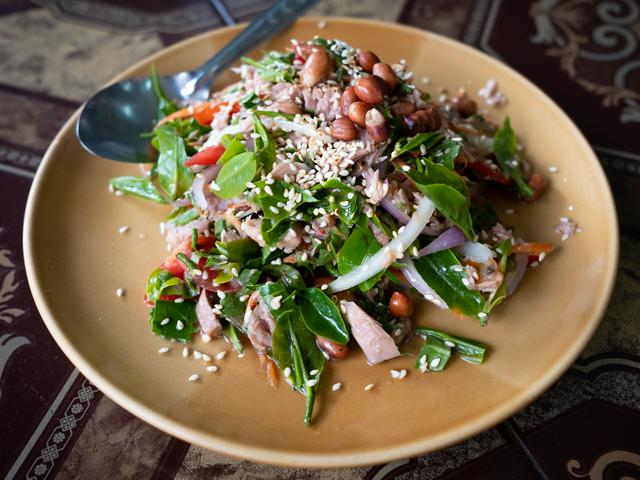 Take a break from Thai food and try out some Yunnanese cuisine. Dishes worth trying include:
Take a break from Thai food and try out some Yunnanese cuisine. Dishes worth trying include:
- Yunnan noodles with dumplins
- Papa cake, baked glutinous rice with sweet or sour sesame fillings, outside the Morning Market
- Hot soy milk with deep fried dough sticks (油条 yóu tiáo) at the Morning Market
- Bamboo worm for the brave. Deep fried and dried, it tastes like crispy biscuit.
There are a large number of noodle shops around town.
- Yunnanist Noodle Shop. The English language sign may sound a little unfortunate, but their 40-50 baht noodles soup are pretty good and served with free, tasty oolong tea.
Yunnanist Noodle Shop. The English language sign may sound a little unfortunate, but their 40-50 baht noodles soup are pretty good and served with free, tasty oolong tea.
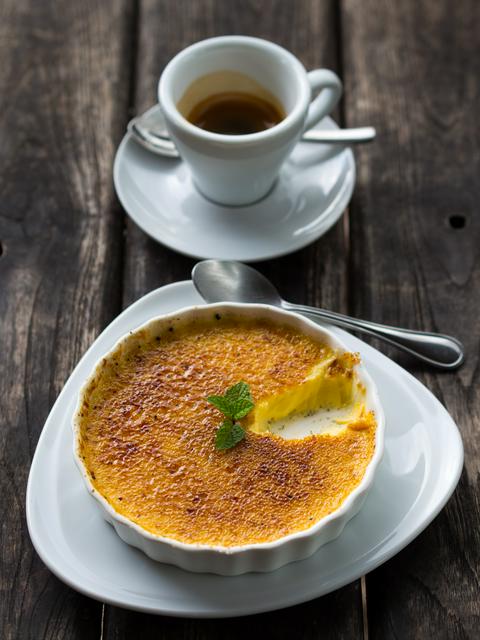 Aside from a few dodgy karaoke enterprises, there is virtually no nightlife in Mae Salong. Drink tea instead! Or, if you're feeling frisky, sample any of the numerous Chinese liquors with unfortunate pickled bugs and snakes inside.
Aside from a few dodgy karaoke enterprises, there is virtually no nightlife in Mae Salong. Drink tea instead! Or, if you're feeling frisky, sample any of the numerous Chinese liquors with unfortunate pickled bugs and snakes inside.
- Sweet Mae Salong. If all that tea is starting to get to you, drop into this little wood-panelled cafe for an espresso, some home-baked cakes and pastries, plus great valley views from the terrace.
Sweet Mae Salong. If all that tea is starting to get to you, drop into this little wood-panelled cafe for an espresso, some home-baked cakes and pastries, plus great valley views from the terrace.
Any opium warlord action has long since moved across the border to Myanmar. Still, this is a border area, so don't go trekking too close to the boundary and keep your papers with you as there are plenty of police checkpoints around.
- Doi Tung — royal development projects just to the north of Mae Salong
- Mae Sai — gateway to Myanmar
- Thaton — rafting on the Kok River
